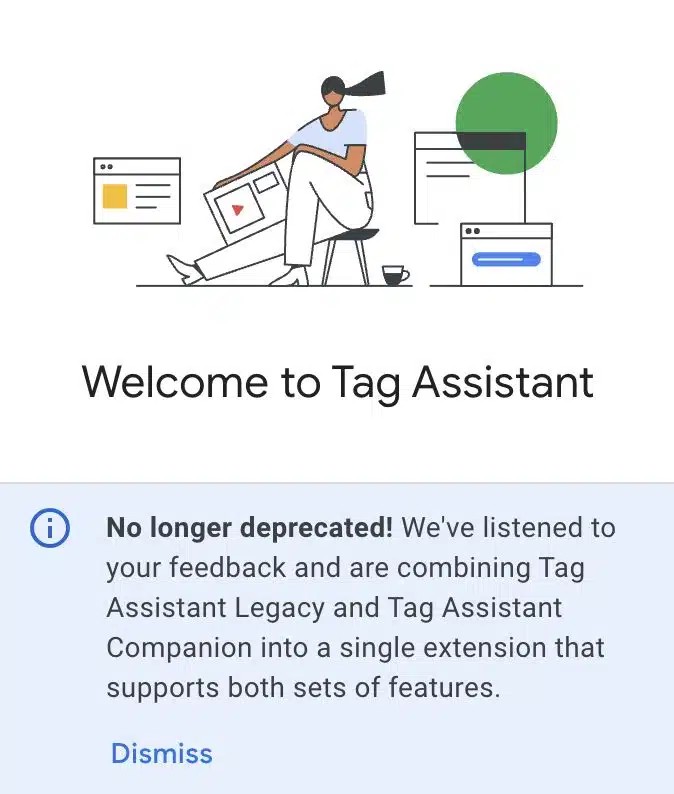eCommerce Express Digest - February 2025
2 February 2025 Blog Posts

From retail shakeups to major moves in the ad tech space, the digital landscape is in flux. Here’s what you missed on the tech and big commerce front in January.
Retail in Flux
We kick off this update with Wesfarmers’ decision to shut down Catch, one of Australia’s earliest eCommerce success stories. Founded in 2006 as Catch of the Day, the retailer grew from a five-person startup to a business employing hundreds before its $230 million acquisition in 2019. The announcement of Catch reflects the growing pressure on eCommerce retailers to stay profitable amidst rising expectations and fierce competition. Wesfarmers managing director Rob Scott cited rising competition in online retail as the key reason behind the closure.
The latest news on big tech and advertising
Amazon has opened its powerful advertising network to other retailers and Microsoft Clarity now integrates directly with Google Ads. With keeping in the theme of big retail updates, Amazon, now the third largest digital advertising platform behind Alphabet and Meta, is making a major move. Amazon is planning to expand its advertising business by letting retailers use its ad tools in their stores. Its new Retail Ad Service will potentially reshape the retail media landscape. The service enables retailers to display contextually relevant ads on their own search results and product pages, with full control over design, placement, and frequency. The service is designed to make it easier for other retailers to run targeted ad campaigns on their online stores.
Microsoft Clarity now integrates with Google Ads, giving advertisers deeper insights into how users interact with their websites after clicking on ads. The update includes a new dashboard with campaign-specific engagement metrics, intent tracking, heatmaps, and session recordings. This move also strengthens Microsoft Clarity’s position in the analytics space as a valuable tool for paid media optimisation.
Key features:
- Direct connection to your Google Ads account
- A new dashboard tailored for advertising insights
- Campaign-specific engagement metrics
- Intent tracking by campaign

The Google stuff
Google has reintroduced its Tag Assistant Chrome extension, merging the Legacy and Companion versions into one streamlined tool. This update positions Google as more attuned to the practical needs of digital marketers, providing a cleaner, more efficient tagging experience to support stronger campaign results.

Google Ads has also introduced new barcode and QR code formats within its Promotion Assets, giving advertisers more flexibility in how they deliver promotional offers. These new formats allow customers to redeem offers both online and in-store, helping to connect digital and physical shopping experiences. Barcodes support various industry formats, while QR codes can hold up to 720 characters of text (though they don’t support links). Advertisers must provide valid data to use these formats. This opens up new opportunities for cross-channel campaigns, improves redemption tracking, and could lead to higher conversion rates, especially for retailers looking to integrate promotions seamlessly across multiple touchpoints.
Disruption day – January 15th
January 15th marked a Google change that disrupted SEO tools and resulted in a data blackout. Following a Google change on Jan. 15, many popular SEO rank and data tracking tools stopped reporting data. Google made major backend changes that disrupted SERP and rank tracking tools across the industry. These updates invalidated many existing configurations, including the commonly used:
ads_mode: ON
Similarweb responded quickly, restoring functionality within 18 hours but the changes add complexity and raise concerns about data consistency.
That’s about everything folks! Thanks for reading and be sure to stay tuned next month for the latest updates – if we have missed something or you would like to know more, please contact the Megantic team.





